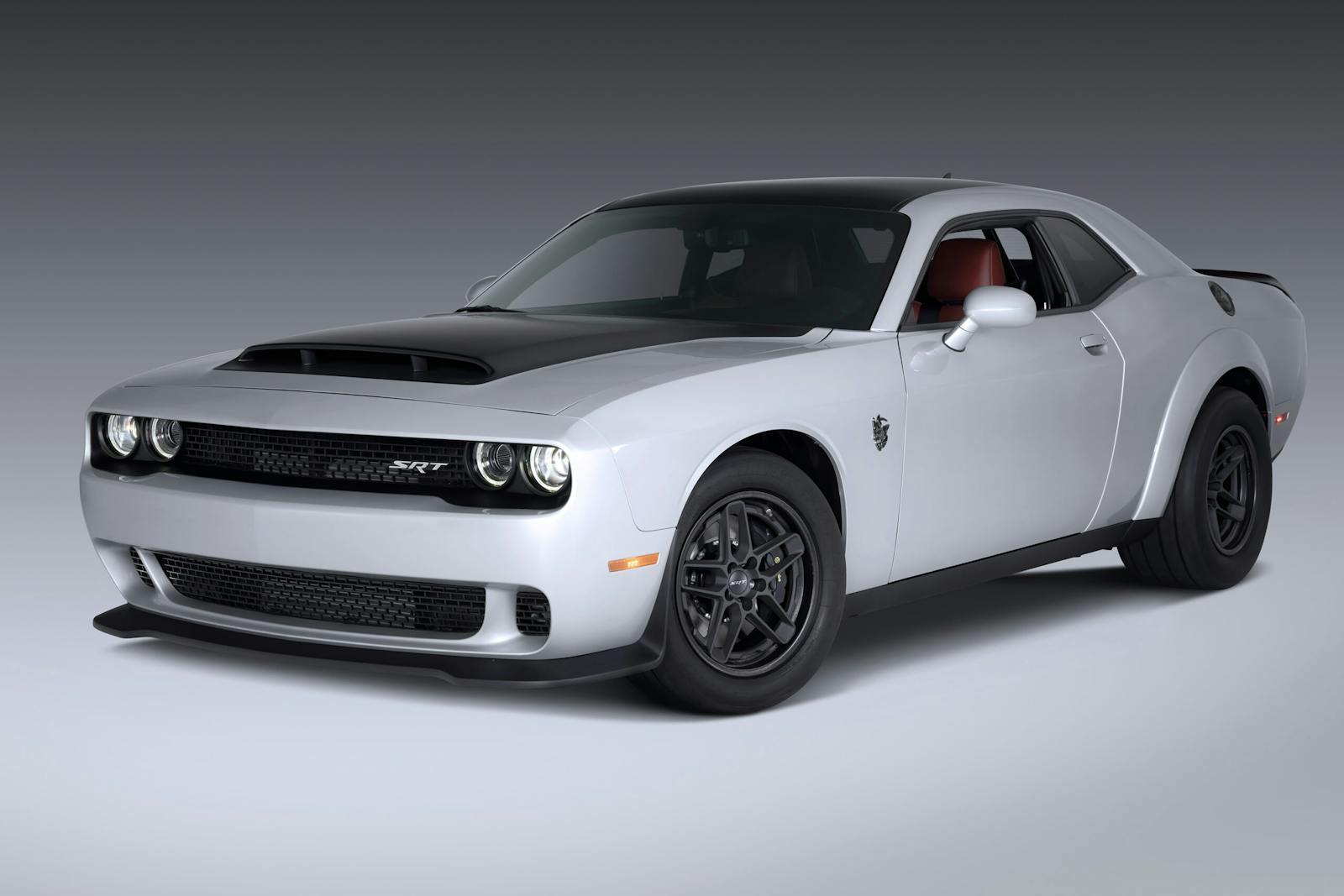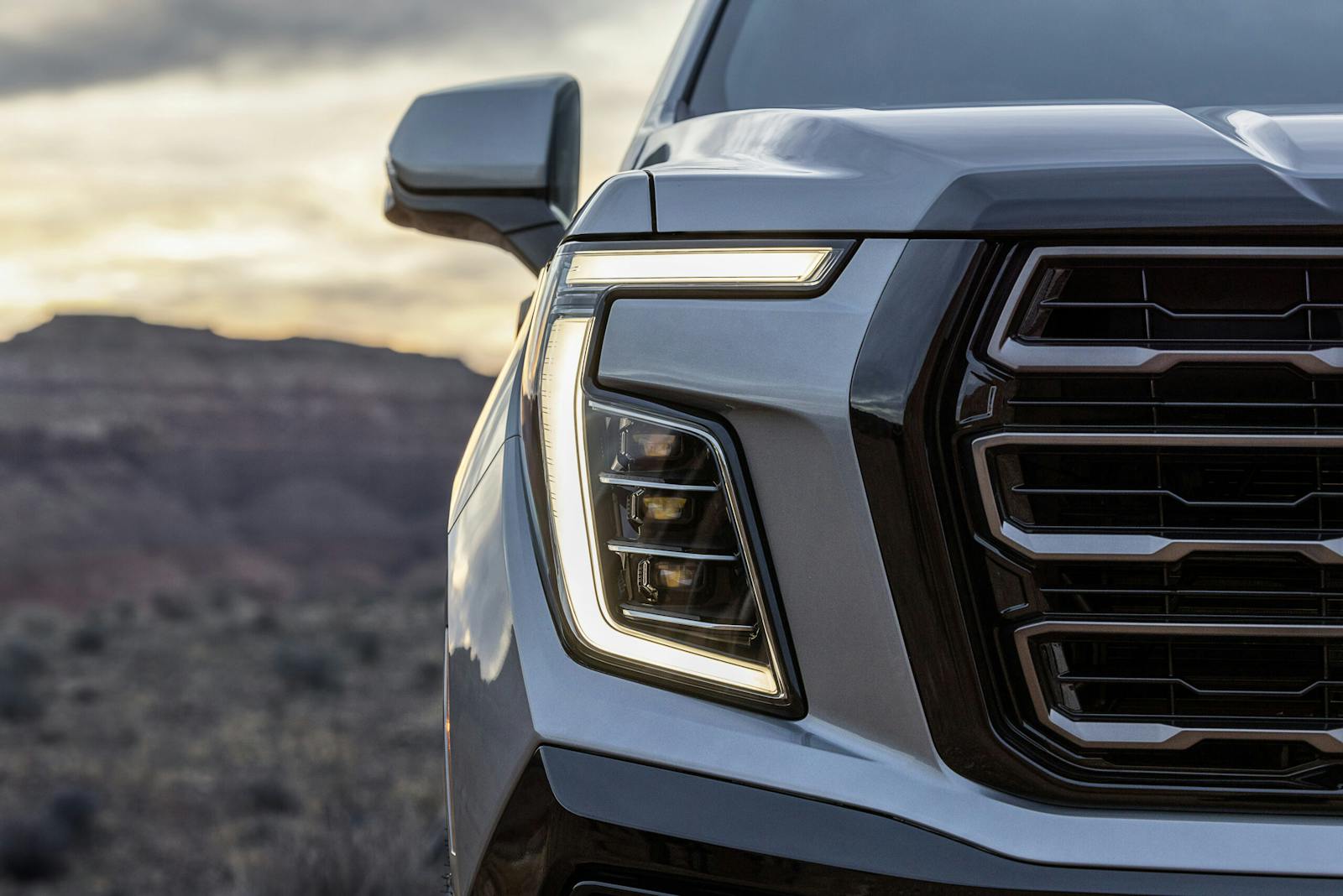Leaked mid-engine C8 Corvette specs hint at big performance gains
We’ve seen a few basic specs for the mid-engine Corvette, but we may now have even deeper insight courtesy of a user on CorvetteForum. The recent posting shows a few pictures of an alleged spec booklet for the new sports car; some of the information matches what General Motors has already made public, but there is plenty else to unpack. Assuming this leak is accurate, gear ratios, weights, and more are now out there in the open.
In addition to performance specs, the document lists several known data points, along with some details about interior dimensions, fuel tank size and so on. Given that known numbers match what is in the document, it is likely that it is a leak of a genuine GM specification booklet. When asked about the accuracy of the leaked specs, a Chevrolet spokesperson had this to say: “These numbers are preliminary, and we will present official numbers in due time.”
With that in mind, it’s at the very least clear that these numbers paint a general picture of just how the mid-engine Corvette will improve on the front-engine C7 it leaves behind. So let’s dive in.
The preliminary document suggests that the base car comes in at a curb weight of 3535 pounds and only gains 42 pounds when upgraded with the additional equipment for the Z51 trim. The LT2 engine is listed as weighing 466 pounds, which is only a one pound gain over the LT1 engine that it replaces. The Tremec dual-clutch transmission is listed as weighing 341 pounds, which is almost 200 pounds more than the manual TR-6060 in the C7 and around a hundred pounds heavier than the C7’s eight-speed automatic. Considering the listed weight of this gearbox, it is impressive that the C8 only gained 188 pounds over its predecessor.
The document indicates that both the base trim and the Z51 will reach 30 mph in 1.1 seconds, while the base car takes 3.0 seconds to get to 60 versus 2.9 seconds for the Z51. The difference in acceleration is likely somewhat related to the extra 5 hp and 5 lb-ft of torque that comes with the Z51 package, but the rear axle ratios for each trim are probably more of a factor. The base car looks to have a 4.89 ratio, versus the Z51’s 5.17 ratio.
20190827184857)
While the final drive options on the C8 are much different than those on the C7, the forward gear ratios aren’t far off. The C8 Z51 has a 2.905 first gear ratio, per the document, while the C7 Z51 made do with a 2.97 ratio. Although they are close, the difference in the final drives of 5.17 for the C8 vs 3.42 for the C7 means that the C8 will only be able to hit 36 mph at the top of first gear as it reaches the 6600-rpm redline. The C7 could get to 52 mph at the same engine speed, if tire sizes are taken into account.
The C8 will require more shifting, given these supposed ratios. It appears that, based on this preliminary information, the Z51 could require a shift into third in order to make its 2.9-second 0-to-60 run—second gear will top out at 59 mph based on the numbers given. The base car should be able to make it to 60 mph without shifting into third as its final drive ratio allows it to get up to 62 mph in second gear. In any case, both of the 0-60-mph sprint times are quite impressive considering that they fall right in line with the C7 Z06’s 2.95-second time. That’s some serious progress.
A quarter-mile time of 11.3 seconds at 121 mph is shown in the document, and that ostensibly applies to both standard and Z51 Corvettes. The small difference in rear axle ratios does not appear to make a difference there. This capability is a considerable improvement on the 12-second quarter-mile possible with the C7-generation Z51, and it gets quite close to the 10.95-second quarter-mile time of the C7 Z06.
The trap speed of 121 mph likely means that quarter-mile drag racers will have to shift into fourth gear just as they reach the end of the strip, since third gear tops out at 118 mph on the Z51 variant. Road course racers will likely spend most of their time hitting the paddles to go between second through fifth gear—those range from 37 mph to 158 mph based on the indicated ratios.
Top speed is shown to be 193 mph, and based on the gear ratios, that speed can be reached in fifth gear. The engine and the aero are the limited factors here, most likely, but it represents an improvement over the C7 Z51, which was only able to reach 186 mph. Braking in the dry from 60 mph is shown to be at 115.1 feet for the base car and 108.4 feet for the Z51 car. This is fairly similar to the C7 which stopped in 107 feet when equipped with the Z51 package.
Based on the chart in the document, both the base and Z51 trims receive a 30.5-mm stabilizer bar in the front while the base gets a smaller 25.8-mm bar in the rear compared to the 28.5-mm unit on the Z51. Spring rates are now much different than those of the previous generation, due to the new architecture, and more so mimic those of other mid- and rear-engine cars. The base Corvette has 180-lb springs in the front and 217-lb springs in the rear, whereas the Z51 gets 226-lb springs in the front and 263-lb springs in the rear.
20190827184905)
These numbers may seem low compared to those that were used on previous generations of Corvette but a whole new architecture and the move from transverse leaf to traditional coil springs means a whole new suspension setup. As a quick point of comparison, something like a Porsche 911 from the 991 generation (2012-2019) has a 187-lb spring in the front with a 350-lb spring in the rear.
The tire sizes were previously announced but now we are also aware of the wheel information with the front wheel coming in at 19×8.5 inches with a 52-mm offset and the rear wheels coming at 20×11 inches and a 64-mmoffset. The front wheels are very similar to those of the C7 Z51 and are almost identical, with just 4 mm of offset added. The rear wheels are quite different than the previous generation rear wheels—likely a product of the new platform. They are an inch wider and have a much different offset which means that they would sit closer to the suspension if they were mounted on a C7.
Front track is listed at 64.9 inches while rear track is listed at 62.4 inches. These figures are right in line with other vehicle that have a mid or rear-mounted engine and the Audi R8 is probably a good vehicles for comparison since it has a 64.5-inch front track and a 63-inch rear track. The track width difference between the two vehicles is so small that it could likely be made identical with a slightly different wheel offset. The Corvette and the mid-engine Audi R8 also share another spec: both have a 15.7:1 steering ratio.
Aerodynamic drag is listed at 0.32 in the document which falls right between the 0.30 drag coefficient of the base C7 Corvette and the 0.35 of the C7 Z51. This figure is likely for the base car, and it makes sense that it falls in line with the two previous trim mentioned based on the frontal area, coolers, and aerodynamic body work.
This dive into the specs shows that GM has taken a lot of what it learned with the C7 and applied it to the C8, while also benchmarking the mid-engine competition. The C8 sounds like it will be a potent package, and we can’t wait to test it to see if this monumental step in Corvette history has been worth the wait.
20190827204206)
20190827184916)
20190827185231)
20190827185243)

